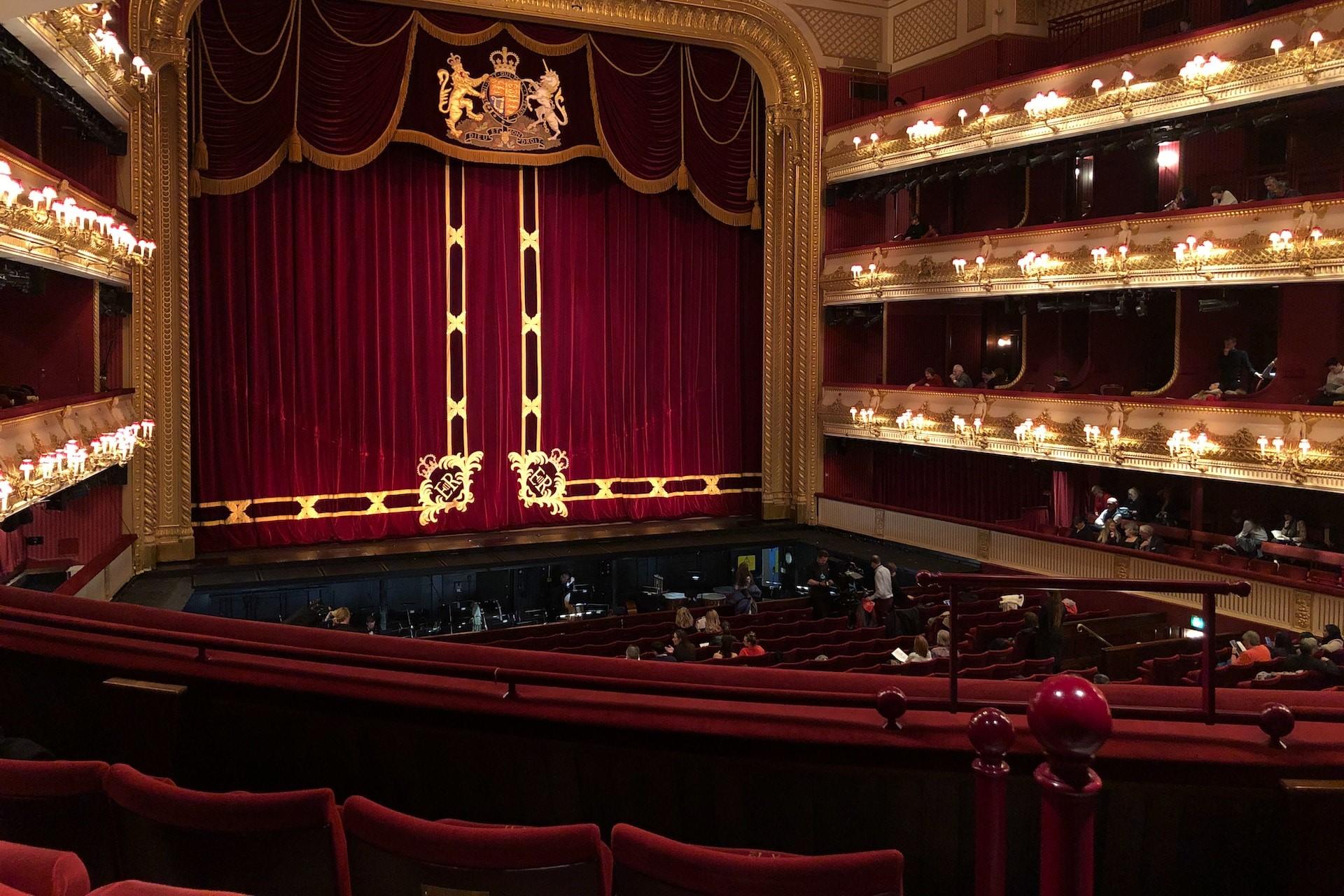Pretty much every genre of music can be danced to and classical music is no exception. Today, we're going to be looking at the connection that music has to dance and the particular styles of dancing that are connected to classical music.
From ballets to contemporary dance, classical music has provided a soundscape for so much dancing so let's see why that is and the types of dancing that go so well with classical music.

How Are Music and Dance Related?
Both music and dancing are ways for us to express ourselves, to tell stories, and to enjoy ourselves so it's almost natural that the two would go hand in hand.
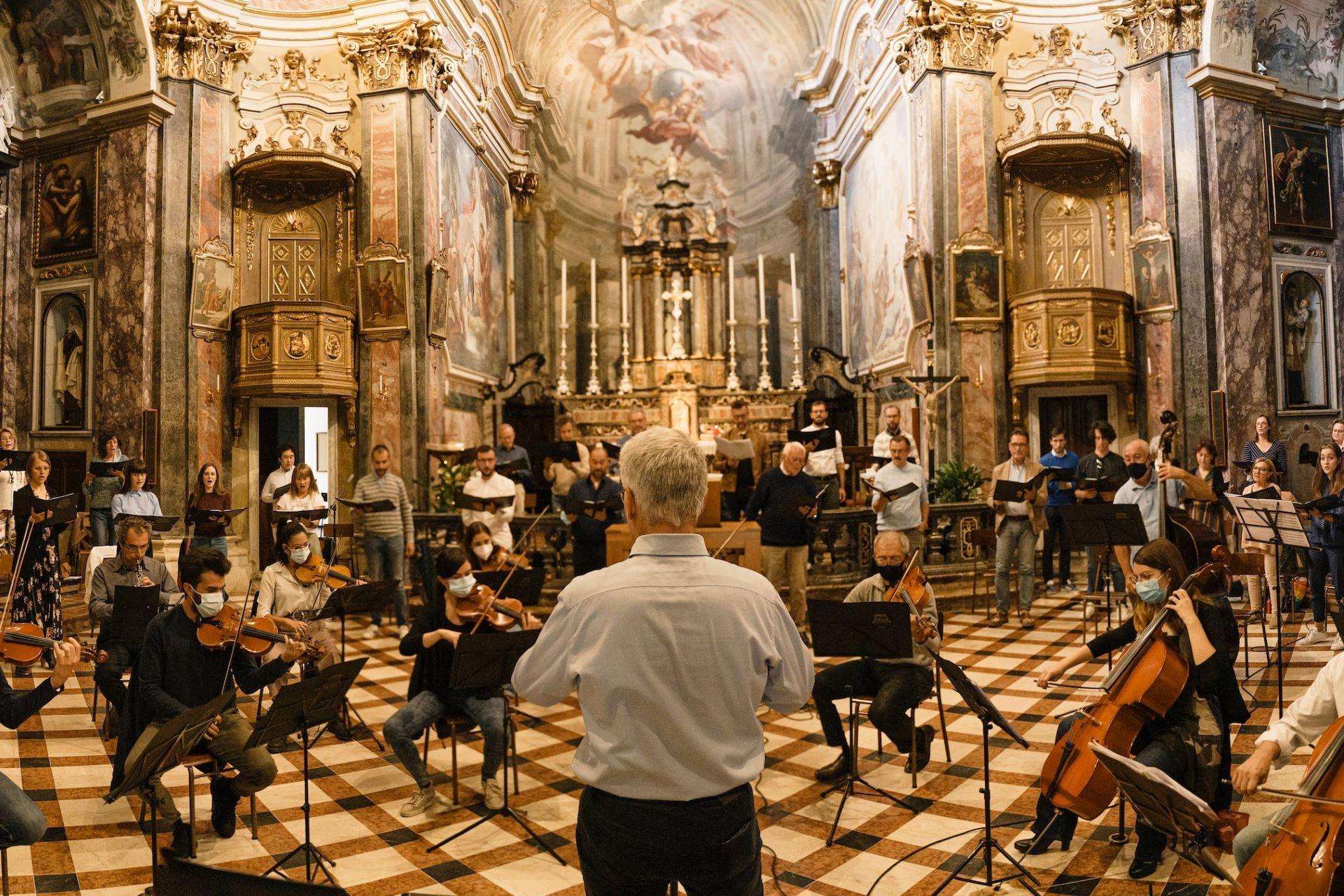
It's thought that humans have always danced. It's almost impossible to say exactly when we started dancing to music, but there's evidence that humans were dancing somewhere between 40,000 and 50,000 years ago!
There are cave paintings that show people dancing as well as prehistoric flutes and drums. Exactly why these people danced, we can't ever be 100% sure, but we imagine it's for many of the same reasons we dance today: for celebrations, rituals, and many other traditions.
You might not have ever considered why, but dancing and music have fundamental similarities that make them incredible partners.
Both music and dancing rely heavily on rhythm and tempo and the beats and rhythms of both mean that you can synchronize one with the other.
Music and dance are both incredibly emotional activities, too, so dancing can enhance music and vice-versa. You don't have to dance with a musical accompaniment, but we all know that dancing is much better with music.
The simple fact that dancing and music are both forms of entertainment also makes them work incredibly well together and as you'll see, this is why so many forms of classical music are written for dance performances.
The Kinds of Dancing that Accompany Classical Music
Since this is part of an article series on classical music, we're talking about dancing accompanying music, but you could just as easily say that the music accompanies the dance performance, especially if you're a dancer.
In most of these examples, you can't really have one without the other so it's up to you how you want to consider the relationship between dancing and classical music, but what we can say is that the connection is strong, much like with classical music and the piano.
Ballet
There are actually ballets that aren't performed to classical music, but ballets were and often still are performed to classical music that was specifically composed for them.
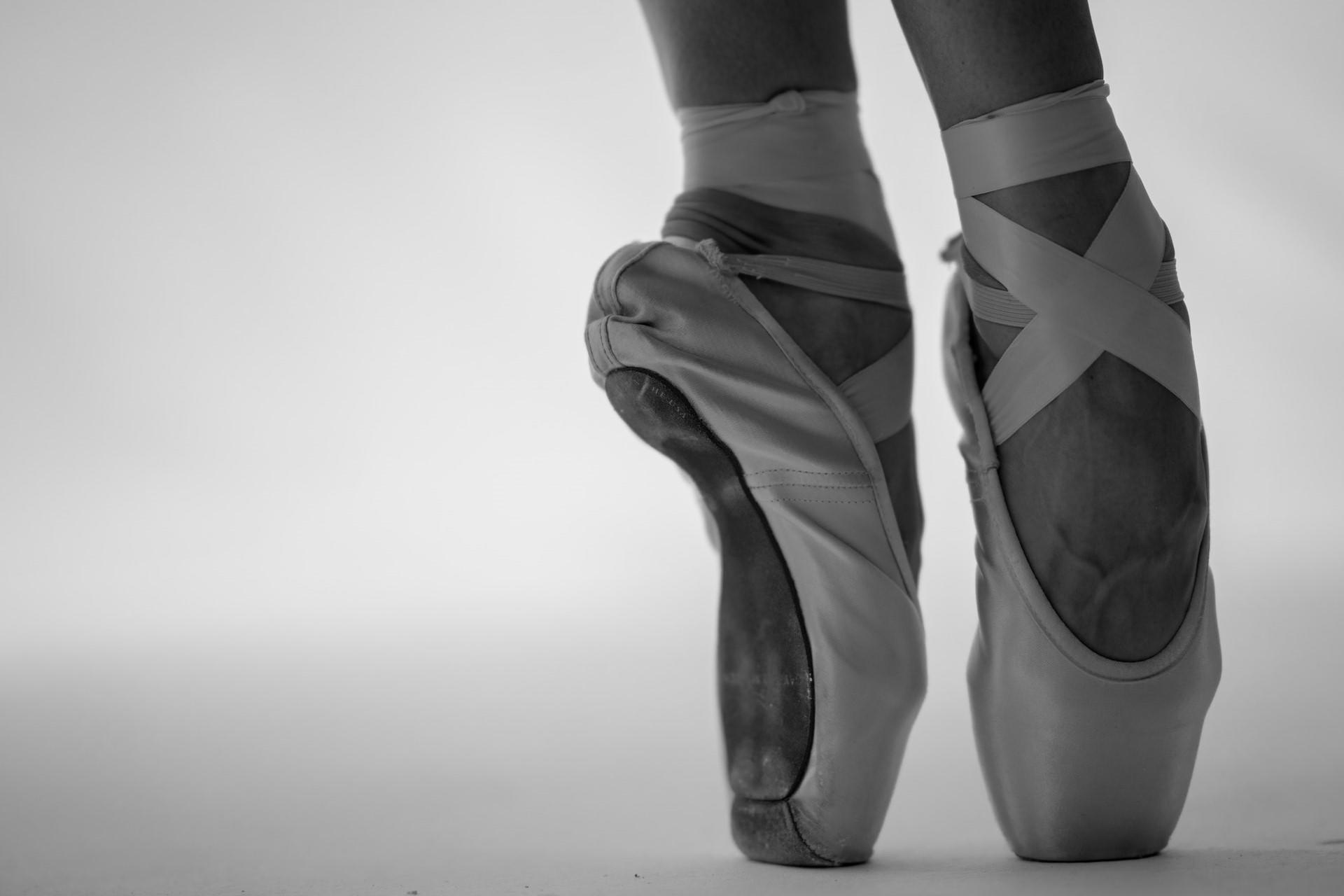
Composers such as Pyotr Ilyich Tchaikovsky wrote “Swan Lake”, “The Nutcracker”, and “The Sleeping Beauty” as ballets with expressive music for the performers to dance to.
These performances are choreographed to the music and the narrative, creating incredibly rich performances.
Ballet originated in Italy and France in the 15th century but became more popular when Catherine de' Medici, an Italian noblewoman and Queen of France through marriage to King Henry II, brought the fledgling art form to the French court.
Initially, ballet was performed in courts rather than in theaters and on stage, but its increase in popularity during the 18th and 19th centuries made it the perfect partner for classical music on stage.
By this point, ballet was no longer just an Italian and French art form. It was embraced in Russia and with the help of the world's greatest composers like the aforementioned Tchaikovsky, there was Russian ballet.
Ballet and the music that goes with it have continued to evolve over time and in the 20th century, contemporary ballet and neoclassical ballet were born with new musical and performance styles.
Ballet was born in Italian Renaissance courts and grew up alongside the various musical eras that we commonly refer to as classical music: Renaissance, Baroque Classical, Romantic, etc. Today, however, there are contemporary ballets performed to rock, pop, jazz, blues, electronic, ambient, and world music. In Atlanta, many dance enthusiasts enhance their artistic journey by taking piano lessons atlanta.
Minuets
During the Baroque and Classical periods of what we commonly refer to as classical music, minuets were popular dances that were performed to music.
A minuet was a light two-person dance in a 3/4 time signature with a moderate tempo. The term “minuet” is used to refer to both the dance form and the music that's played with it, often on the piano or keyboard instruments like the clavier or harpsichord. After all, earlier minuets predate the piano.
Many popular minuets were composed by greats such as Johann Sebastian Bach, George Frideric Handel, and Wolfgang Amadeus Mozart.
Minuets tend to be part of dance suites and during these dance suites, these were performed at a higher tempo because these minuets were just listened to rather than danced to with a focus on the beautiful classical music being played by the musicians.
Gavottes
Minuets were just one of the popular dance forms in aristocratic courts and ballrooms. Gavottes were another form of dance that originated during the Baroque period of music.
Gavottes regularly feature as part of suites, sonatas, and orchestral works with a moderate tempo quicker than that of minuets. They're also not in a triple meter (such as the 3/4 time signature of minuets) but rather in a 2/2 or 4/4 time signature. Rhythmically, gavottes also use more dotted and syncopated rhythms, making them more lively.
While the gavottes are more lively than minuets, they're still rather moderate in terms of tempo and are to be performed elegantly, in keeping with the formality of the courts and ballrooms where they'd be performed.
Gavottes continued beyond the Baroque period and were featured in classical compositions by classical composers like Johann Sebastian Bach and Ludwig van Beethoven.
Gavottes are still performed today as part of the classical music and dance repertoire by the world's greatest pianists. The most famous examples are probably Bach's "Gavotte" from "Suite No. 3 in D Major", Gluck's "Gavotte" from "Orphée et Eurydice", and Handel's "Gavotte" from "Water Music", though there are many other examples.
Opera
Opera comes from the Italian word for work or composition and is usually thought of as singing accompanying classical music specifically composed for the performance. It originated in the late 16th century in Italy and was popularized by composers such as Claudio Monteverdi.
During the Baroque era in the 17th and 18th centuries, opera houses began opening all over major European cities with composers like Georg Friedrich Handel, Jean-Baptiste Lully, and Antonio Vivaldi all playing an important role in furthering the art form.
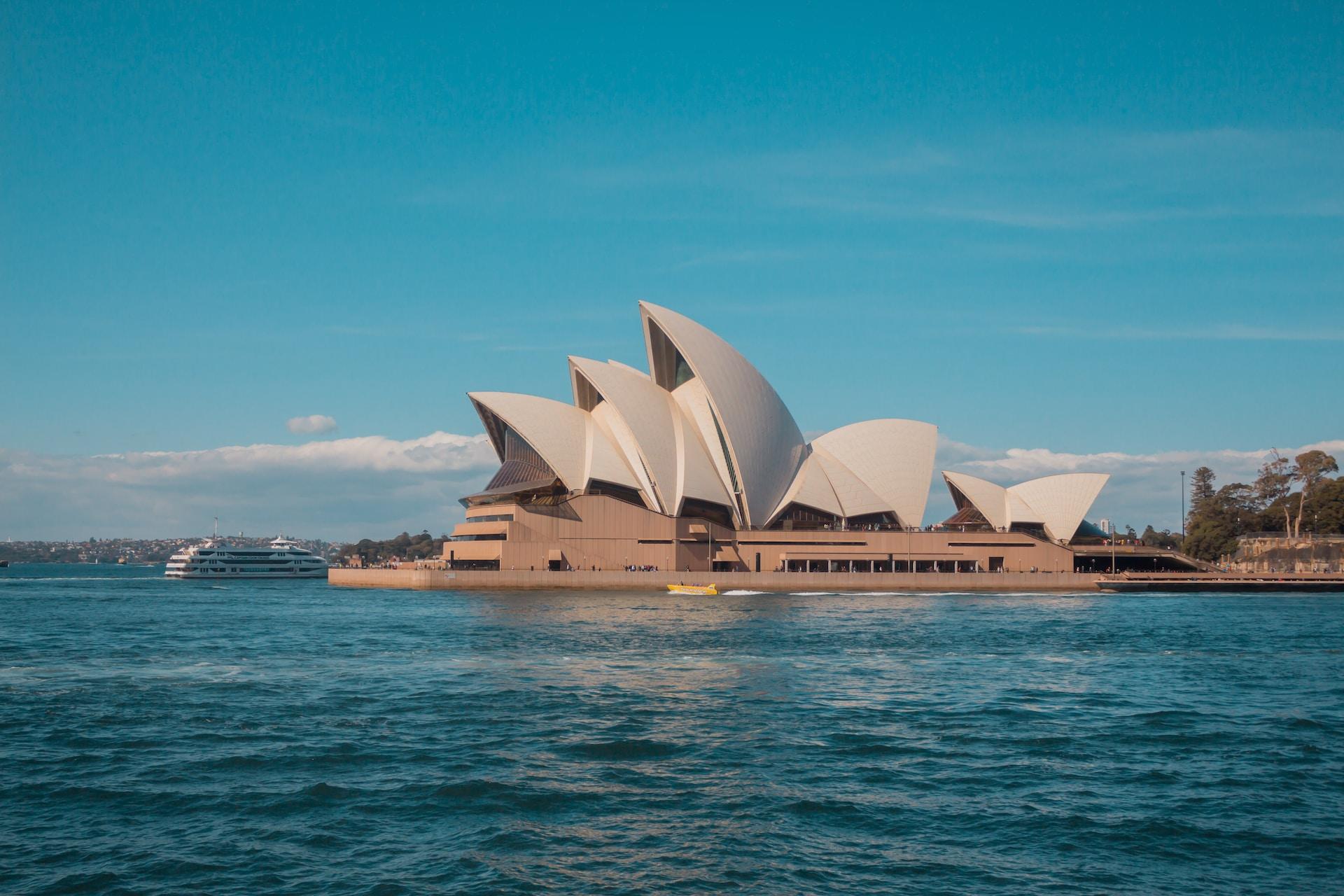
In the Classical era, more lighthearted operas called opera buffa or comic operas contrasted the opera seria which had been more common until this time. Wolfgang Amadeus Mozart's operas like "The Marriage of Figaro," "Don Giovanni," and "The Magic Flute” are all fine examples of this style.
By the 19th century, opera was exploding in popularity with composers Giuseppe Verdi, Richard Wagner, and Giacomo Puccini all contributing to the art form and its advances.
So where does dancing come into all this?
Opera and ballet are closely linked and operas could feature ballet interludes or dance sections that were part of the performance. Composers like Jean-Philippe Rameau and Wolfgang Amadeus Mozart would also include dance sequences as part of the performance and the plot.
During the Baroque era, there was also the "opéra-ballet" genre which, as you can imagine, is a combination of the two with both the dancing and singing being on equal footing.
Waltz
The waltz is a popular ballroom dance from the 18th century and while it's danced to a 3/4 time signature much like the minuets we mentioned earlier, it's not directly related to them.
Both waltzes and minuets were danced in ballrooms and aristocratic settings, but the waltz originated in Austria and Bavaria from a folk dance that involved rotating steps. It's also faster than the minuet.
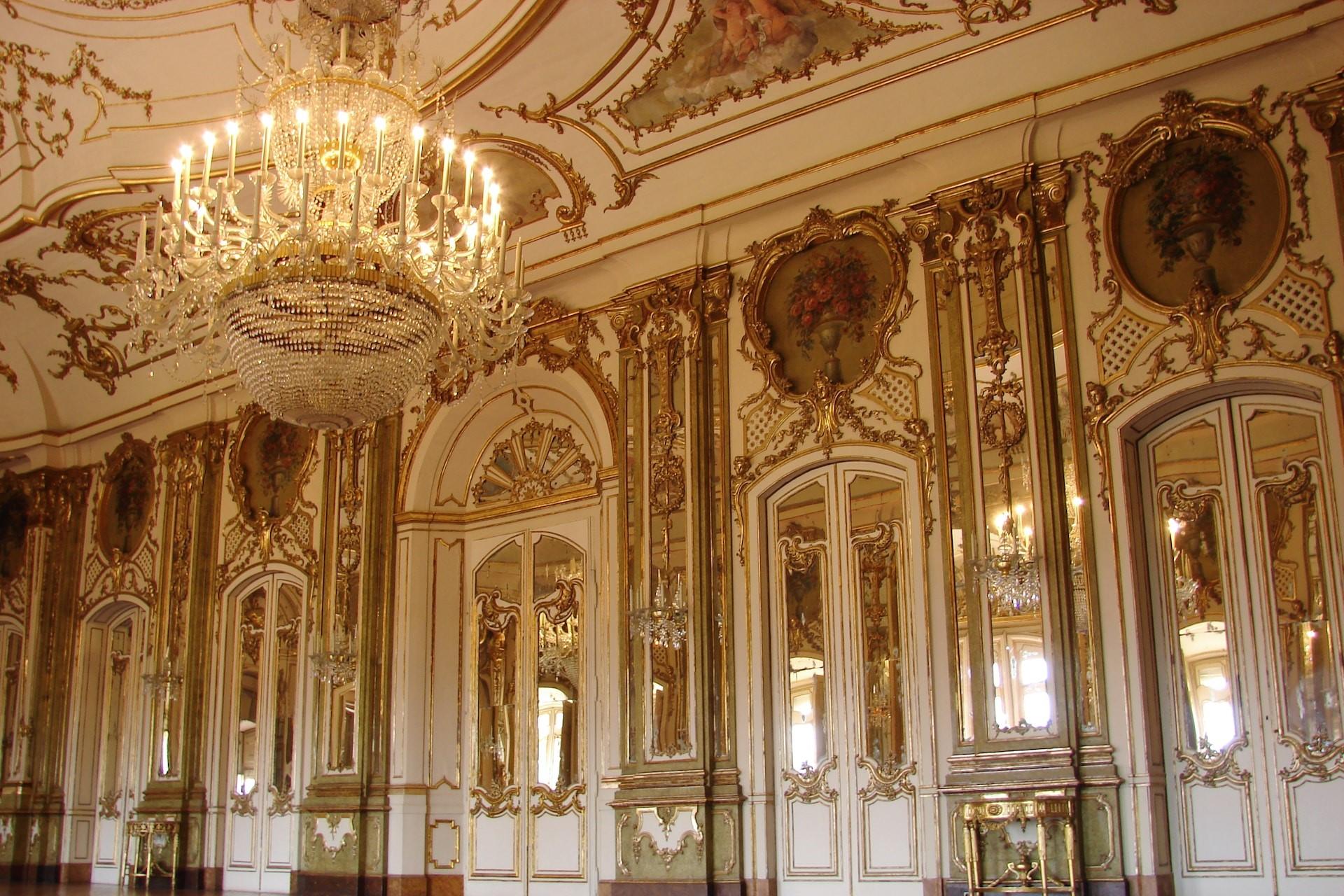
Initially, the waltz was considered quite scandalous because of how closely the partners would dance next to one another. While incredibly tame in comparison to many contemporary styles of dance, the closeness and speed were considered quite uncouth at first.
During the Romantic era, however, waltzes spread across Europe and composers like Johann Strauss II helped popularize them with works like “The Blue Danube”, “Emperor Waltz”, and “Tales from the Vienna Woods”. Many performers in Las Vegas further refine their technique by taking piano lessons las vegas.
Nowadays, classical music is also often partnered with dance routines in cinema, television, and as part of live contemporary performances.
While we often enjoy classical music for the music itself, you mustn't forget that so many of the works were composed to be performed at dances, social events, and other artistic performances.
Much like a lot of contemporary music, classical music was also written for people to get up and dance to, albeit in greatly different social settings. Whether it was with audience members watching dancers perform or for the audience to dance along to, dancing and classical music are inseparable.
Find the perfect tutor for effective piano classes here on Superprof!

